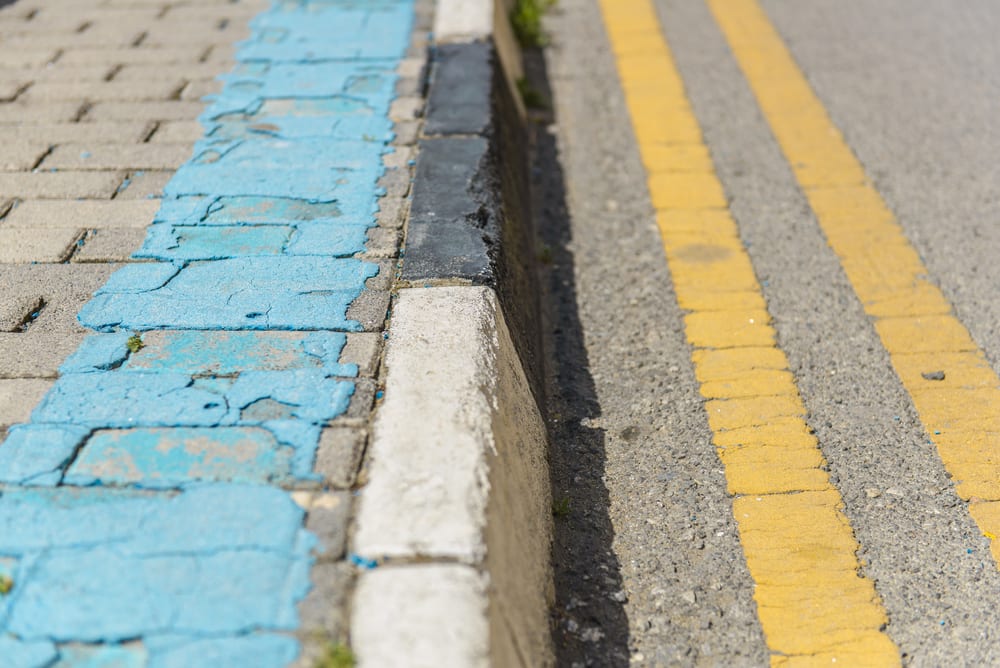

Drivers in California will notice that there are many different painted colored curbs, and some drivers may still be confused as to what each of these different colors means. Let’s look at the various colors so you can learn what they mean and how they will affect your driving and parking.
The colored curbs
If you see a curb that has been painted white, you will only be able to stop long enough to drop off or pick up passengers. The white curbs are very common throughout the state, but there are many other colors you need to be aware of as well. If you see a green painted curb, you will be able to park there for a limited amount of time. With these curbs, you should usually see a sign posted next to the zone that will let you know what the time limit is to park there. If you do not see a posted sign, the time will likely be painted in white letters on the green curb.
When you see a curb that has been painted yellow, you are only allowed to stop as long as the time posted allowed for loading and unloading passengers or freight. If you are a driver of a noncommercial vehicle, you are usually supposed to stay in the vehicle while any loading or unloading occurs.
Curbs painted in red mean that there is no stopping, standing, or parking at all. These are often fire lanes, but they do not have to be a fire lane to be red. Buses are the only vehicle that’s allowed to stop at red zones marked specifically for buses.
If you see a blue painted curb, or if the parking space is painted blue, then it means only those who are disabled, or who are driving a disabled person may stop and park there. You will need to have a special license plate or placard for your vehicle to park in these locations.
Illegal parking
In addition to paying attention to the colored curbs when you are parking, you should also be aware of the other laws involving parking. Always look for signs when you park your vehicle. If you see any no parking signs, it is unlawful to park your vehicle there, even just for a few minutes.
You cannot park within three feet of a sidewalk ramp for disabled people or in front of a curb that provides wheelchair access to the sidewalk. Drivers can’t park in spaces designated for refueling or parking zero emission vehicles, and you can’t park in a tunnel or on a bridge unless there are signs specifically permitting it.
Do not park between a safety zone and the curb, and never double park your car. Double parking is when you park on the street side of a vehicle that is already parked along the curb. Even if you are just going to be there for a few minutes, it is against the law, dangerous, and could impede traffic.
The fines for your parking tickets, if you are unfortunate enough to receive them, can vary based on the location where you got them in the state. Different towns and cities have their own fine schedules. Learn where you can and can’t park to avoid fines altogether.



